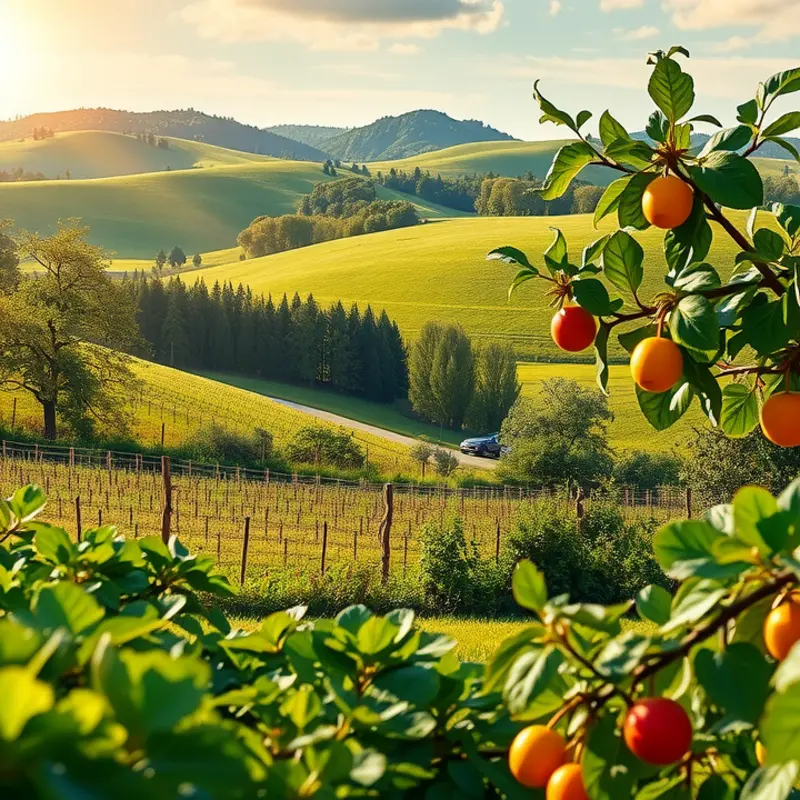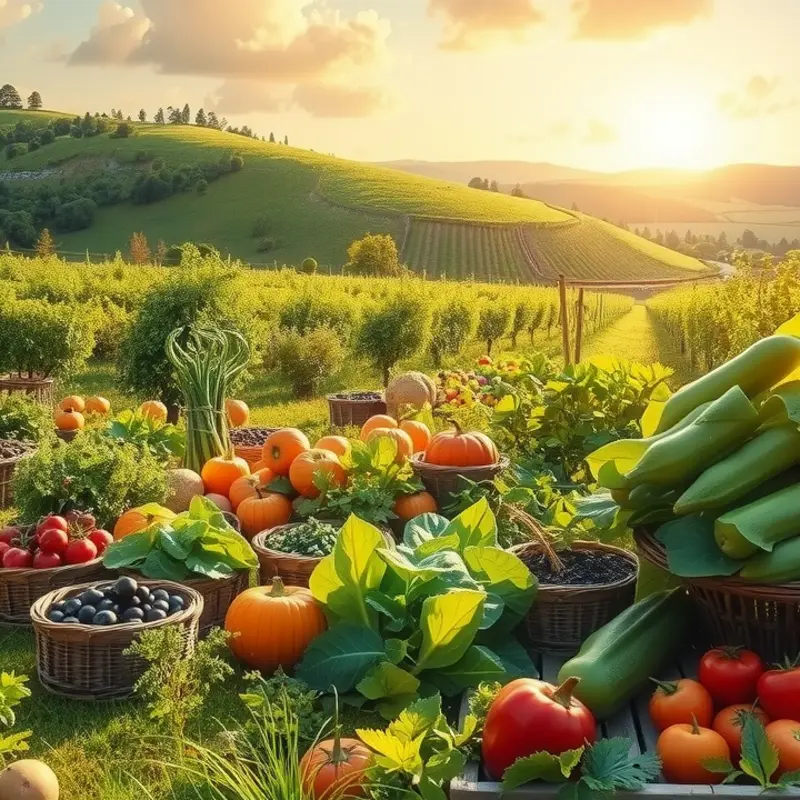Roasting root vegetables brings out their natural sweetness and enhances flavor, making them a delicious addition to any meal. Whether you’re a novice cook or an experienced chef, mastering the art of roasting is essential in elevating your kitchen skills. With a few simple tips and techniques, you can create perfectly roasted vegetables every time. In this guide, you’ll discover the secrets to selecting, preparing, and roasting a variety of root vegetables for satisfying results. Let’s bring out the oven’s warmth and the flavors of the earth!
Choosing the Right Root Vegetables

When aiming to master the art of roasting root vegetables, selecting the right types is paramount. The first step to crafting a flavorful roasted dish is to understand the variety of root vegetables available and how their unique characteristics can enhance your culinary experience. Carrots, parsnips, sweet potatoes, and beets are commonly considered the stars of roasted vegetable medleys, each offering distinct flavors and textures that can harmoniously blend or contrast to create a balanced dish.
Varieties and Flavors
Start by experimenting with an assortment of roots to develop a preference for the flavors that suit your palate. Carrots offer a sweet, earthy flavor that intensifies with roasting. Parsnips bring a nuttier sweetness, complementing carrots beautifully. If you’re looking for a creamy texture and a hint of sweetness, sweet potatoes are your go-to choice. Beets, with their deep sweetness and vibrant color, can add a striking element to any dish. Each of these roots can stand alone or be mixed to find the balance you desire.
Freshness Matters
Maximizing flavor starts with choosing fresh vegetables. Look for firm roots with smooth skin, free from blemishes and soft spots. Fresh root vegetables tend to roast more evenly and maintain a better texture. Try to source locally or visit a farmers’ market where the produce is likely fresher due to less transportation time.
Seasonality Equals Flavor
Understanding seasonality will not only enhance flavor but also offer nutritional benefits. In their peak season, vegetables maintain their inherent sweetness and are more cost-effective. Carrots and beets perform well year-round, while parsnips are best from fall to spring. Sweet potatoes tend to be more abundant in the colder months. Keep these timelines in mind to ensure your dishes are bursting with freshness and taste.
Uniformity for Even Roasting
The size and shape of your vegetables are crucial for even roasting. Cut your vegetables into uniform pieces to ensure they cook at the same rate. This can mean slicing carrots and parsnips into similar sizes, or cubing sweet potatoes and beets to match each other’s dimensions. When uniformity isn’t ensured, some pieces may overcook and become mushy while others remain undercooked.
Textural Balance and Combination
When combining different roots, consider their textural output post-roasting. Pair the creamy flesh of sweet potatoes with the firmer bite of carrots to achieve a varied texture. The juxtaposition of the tender parsnip with the dense beet can create an intriguing contrast in every bite. Enhancing your dish further can be achieved with flavor boosters that do not rely on salt, allowing each root to shine on its own.
By mindful selection and preparation of root vegetables, you lay the groundwork for a roasted dish that promises to be both flavorful and visually appealing. Continuously explore new combinations and refine your techniques, keeping seasonality in mind. As you gain experience and understanding, you’ll unlock the full potential of roasted root vegetables, delighting both yourself and those you cook for.
Techniques for Perfect Roasting

To achieve perfectly roasted root vegetables, start by cutting them into uniform pieces. Consistent sizing ensures each piece cooks evenly, avoiding overcooked or underdone bites. For an ideal balance of tenderness and caramelized edges, choose quality olive oil to coat your veggies. Tossing them thoroughly ensures a thin, even layer that enhances natural flavors. Add a generous sprinkle of salt and your chosen herbs and spices. Popular choices include rosemary for its aromatic depth or thyme for a subtle earthy note.
Set your oven to a high temperature, around 425°F (220°C), to coax out the veggies’ natural sugars and promote caramelization. The high heat is crucial for achieving that crispy exterior while maintaining a tender interior. Opt for a baking sheet lined with parchment paper or use a cast-iron skillet. Both options provide convenient cleanup and a lovely depth of flavor, with the cast iron offering added heat retention for even cooking.
Halfway through cooking, flip the vegetables to ensure they brown evenly on all sides. This simple step can make a substantial difference in texture and taste. Keep a close eye on the timing specific to each vegetable type. For instance, carrots may take about 25-30 minutes, while denser vegetables like beets might require closer to 40 minutes. Adjust accordingly to ensure each type is perfectly tender and caramelized.
Understanding these temperature and timing nuances is key. Potatoes and sweet potatoes, for example, achieve a creamy interior paired with a crisp exterior when roasted at high heat for about 30-35 minutes. In contrast, parsnips, with their unique sweet-savory profile, shine best with a slightly shorter cook time of around 20-25 minutes.
By mastering these techniques, every tray of roasted root vegetables can transform into a flavorful charm. Consider exploring safer storage of sauces to keep your herbs and spices fresh, ensuring they’re ready to amplify your dishes. Integrate these steps for seamless success, inviting more vibrant flavors and consistent textures into your culinary repertoire.
Final words
Mastering the art of roasting root vegetables requires practice, but the rewards are undeniably delicious. By selecting the best seasonal vegetables and applying proper techniques for roasting, your dishes will consistently impress friends and family alike. Remember to experiment with various seasonings and cooking times, as there’s always room for creativity in your kitchen. The sweet aroma of roasting vegetables can turn an ordinary meal into an extraordinary feast. So turn up your oven, gather your root vegetables, and enjoy the delightful flavors that await you!







